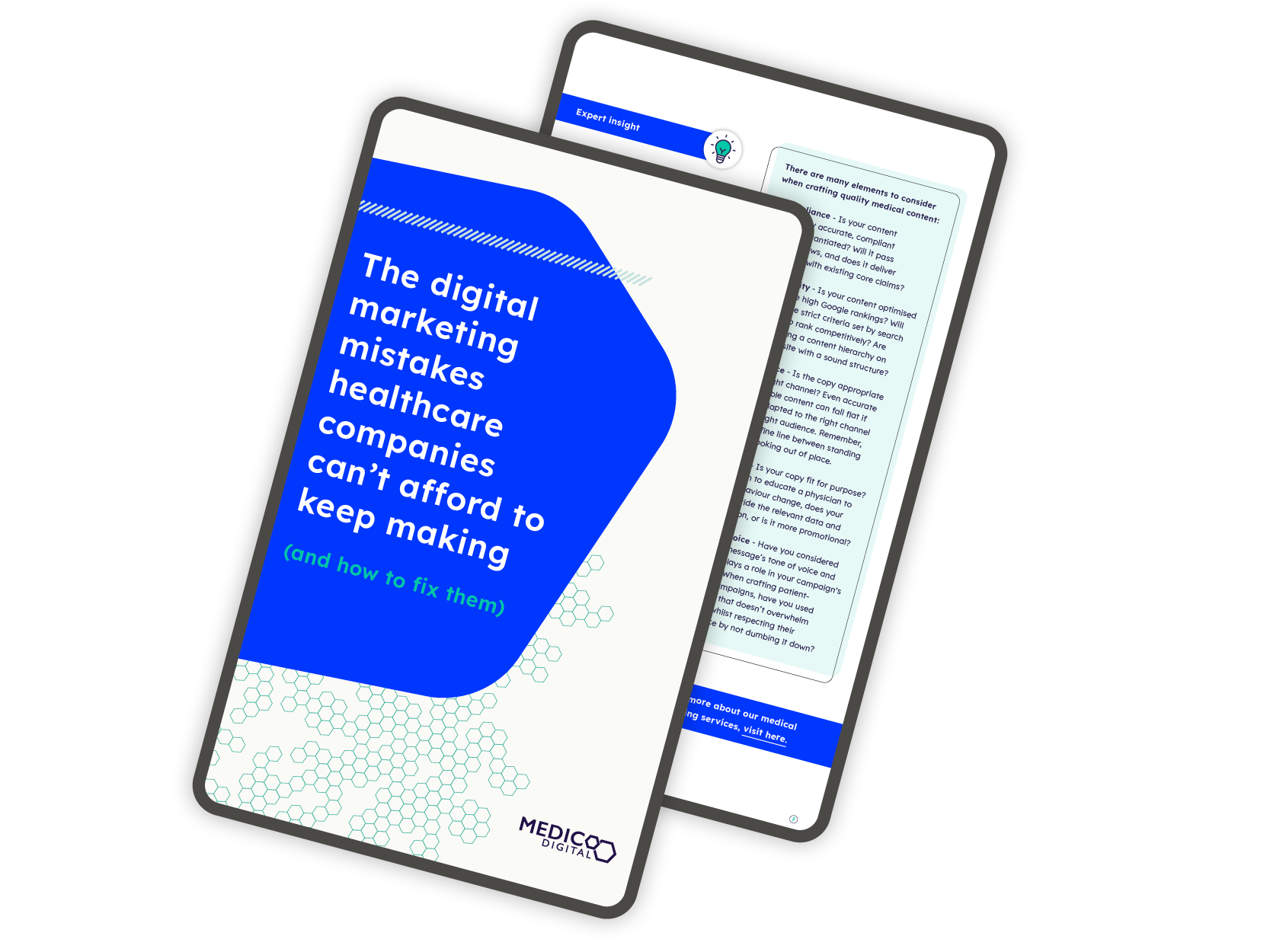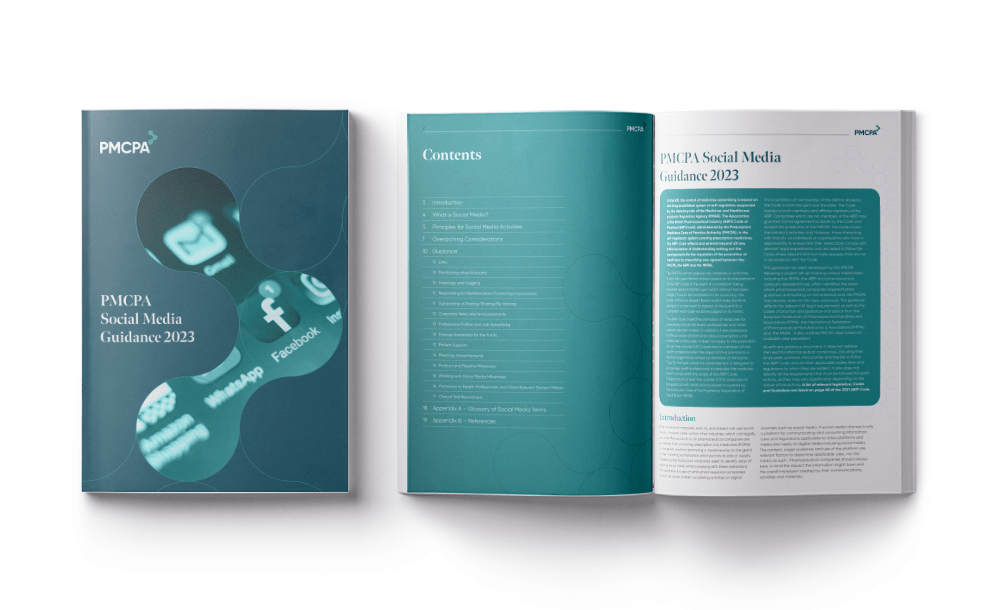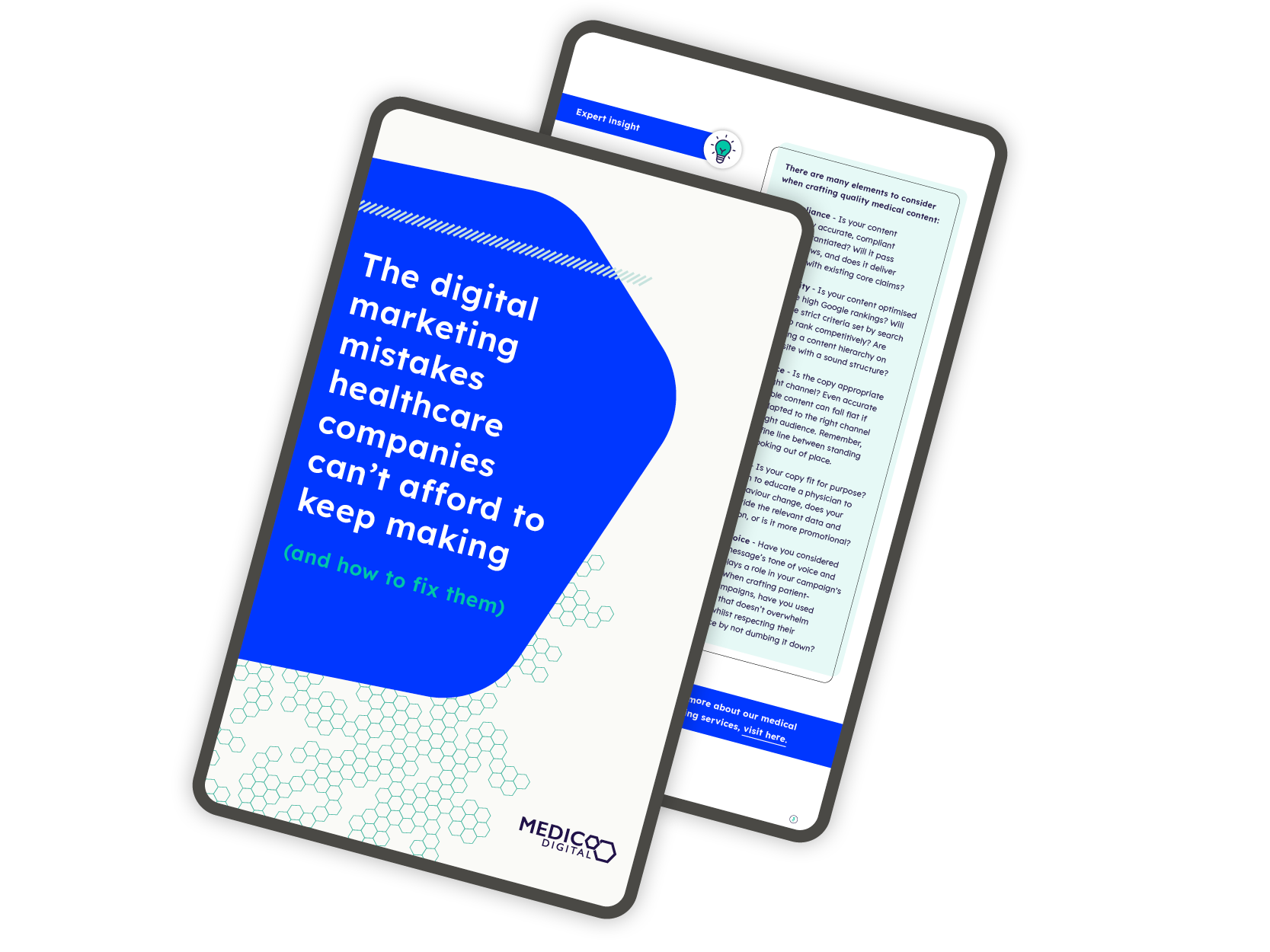Much has been written about the myriad effects of COVID-19 on our physical and mental well-being. Weight gain in particular has been one unwanted side effect experienced by many. Of course, this comes as no surprise, given the long months of lockdown and our heightened stress and anxiety levels.
Binge watching and binge eating go hand in hand, as do boredom and snacking. Throw in increased restrictions to outdoor exercise and disrupted daily schedules and sleeping patterns, and you’ve got a natural recipe for widespread weight gain.
The good news is that restrictions have lifted and vaccination rates are rising. Naturally, many are looking to get healthy and get back into shape. Fuelled by ubiquitous press coverage focussed on shedding pandemic weight and the typical summer ‘get in shape’ pressure, weight loss is back on the table for many individuals.
Weight loss prescription drugs on the rise
For people with obesity, there have historically been limited options for weight loss treatment. In addition to the over-the-counter drug Orlistat and weight loss surgery, there is now a new highly promising injectable treatment by Novo Nordisk – Saxenda.
The first new weight loss drug to be recommended by the National Institute for Health and Care Excellence (NICE) for use by the NHS in almost a decade, Saxenda is just one potential treatment for weight loss and just one of the possible prescription-only medications (POMs) for weight loss.
However, if your organisation would like to profile prescription-only medications for weight loss or any other condition, you must comply with the strict regulations of the Advertising Standards Authority (ASA). Section 12.12 of the code for Medicines, medical devices, health-related products and beauty products states:
‘Prescription-only medicines or prescription-only medical treatments may not be advertised to the public’.
That sounds pretty black and white. But it’s more complex than it seems, and we’ll be looking at all the ins and outs of the regulations below. However, the overarching takeaway is that the primary concern of the regulating body is to ensure that customers who are seeking information about a clinic or treatment are not presented with promotion on POMs.
So, what does this mean for you in practice?
Regulations for marketing POMs
The most important thing to remember when marketing POMs is to focus on the condition and its possible treatment. It is permitted to include content on POMs when it is part of a fair and balanced overview of potential treatment options – but this should not appear on the homepage.
To ensure that casual browsers do not come across POM promotion, neither your homepage nor the menu navigation should reference any POMs.
For obvious reasons, pricing information and special offers on POMs are not permitted on your homepage or anywhere else on your website. Pricing can be included in a factual list on pages other than the homepage.
Another area to pay close attention to is the importance of avoiding hyperbole and unsubstantiated claims. It’s critical to include factual and non-promotional information. No product should be marketed as entirely safe or without side effects.
Finally, it should always be clear that a patient cannot procure a POM without an appropriate medical consultation. Your marketing should make clear that the patient will be offered a medical consultation which may or may not lead to the provision of a prescription.
How to market prescription-only medicines
You might be wondering how online pharmacies are able to market their products to consumers. It is permitted to provide information about POMs, as long as they are presented as part of a number of treatments on offer.
Let’s take our weight loss example again. Most licensed online pharmacies include several weight loss prescription-only drugs. For each POM, they would include content about the condition, i.e. what is obesity and its possible causes.
They would include suggestions for potential treatment which could reference alternative medications available on their website, but they would likely also include suggestions for diet and exercise.
Depending on the online pharmacy, they might also include additional content like side effect information, external links and FAQs.
You can follow their lead by providing well-rounded information on the condition (weight loss, treatment for lines and wrinkles, erectile dysfunction, etc.) and its potential treatment options. Make sure you provide balanced and fair information on how your services could provide treatment.
And the more information on the condition and its treatment that you include, the better your SEO visibility.
So, the key takeaway for marketers is this: focus on the condition and its potential treatment – not just the drug. Follow content marketing best practice, and make it your aim to be helpful, not overly promotional.
Advanced strategies for POM marketing
Paid advertising comes with its own challenges when marketing POMs. As you would expect, it is not permitted to reference specific POMs in social media or to target prescription drug terms in paid ads.
As mentioned above, you can get around this by always focussing on the condition-specific content, never the POM. You can also use Google ads to target the people looking for the services you provide. When setting up your campaigns, focus on promoting the outcomes of your services without being explicit about the treatments on offer.
Another channel to pursue is social media retargeting. You can retarget audiences on social media who have visited your website and who have read or interacted with your condition-related content. However, you must be very careful in how you do this. A mistake could be very damaging to your brand.
This was the case when Instagram found itself forced to do damage control after showing diet content to users with eating disorders. Instagram said that it was an algorithm mistake and apologised for the damaging content.
Facebook is very clear when it comes to advertising prescription medications: ‘Ads must not promote the sale of prescription pharmaceuticals. Ads for online and offline pharmacies are only permitted with prior written permission’.
Seek expert advice
It’s not only critical to work within ASA’s regulations to avoid censure, but you also must be wary of how you present your brand and its content. Trust is tantamount in the health care sector, and nothing erodes trust like sending off alarm bells because of ill-judged paid content or overly promotional marketing copy.
One potential avenue that would allow you to conduct paid advertising with greater ease would be to apply to the MHRA as a registered seller of licensed prescription medications. This, in turn, would enable you to apply for Google’s healthcare products and services certification, allowing you to perform POM-related paid advertising.
The downside of this strategy is that it may not be possible to shoehorn your organisation into the available categories unless you are, in fact, an online pharmacy.
Although the rules seem black and white when it comes to advertising POMs, there are potential strategies for marketing them. But it’s not easy, and there is a lot at stake.
Medico has the expertise to help you navigate this tricky area. So, if you are looking to go to market with your POM or have experienced difficulty in this area, contact us for advice on how to promote your services within the rules.




 Download for FREE
Download for FREE 